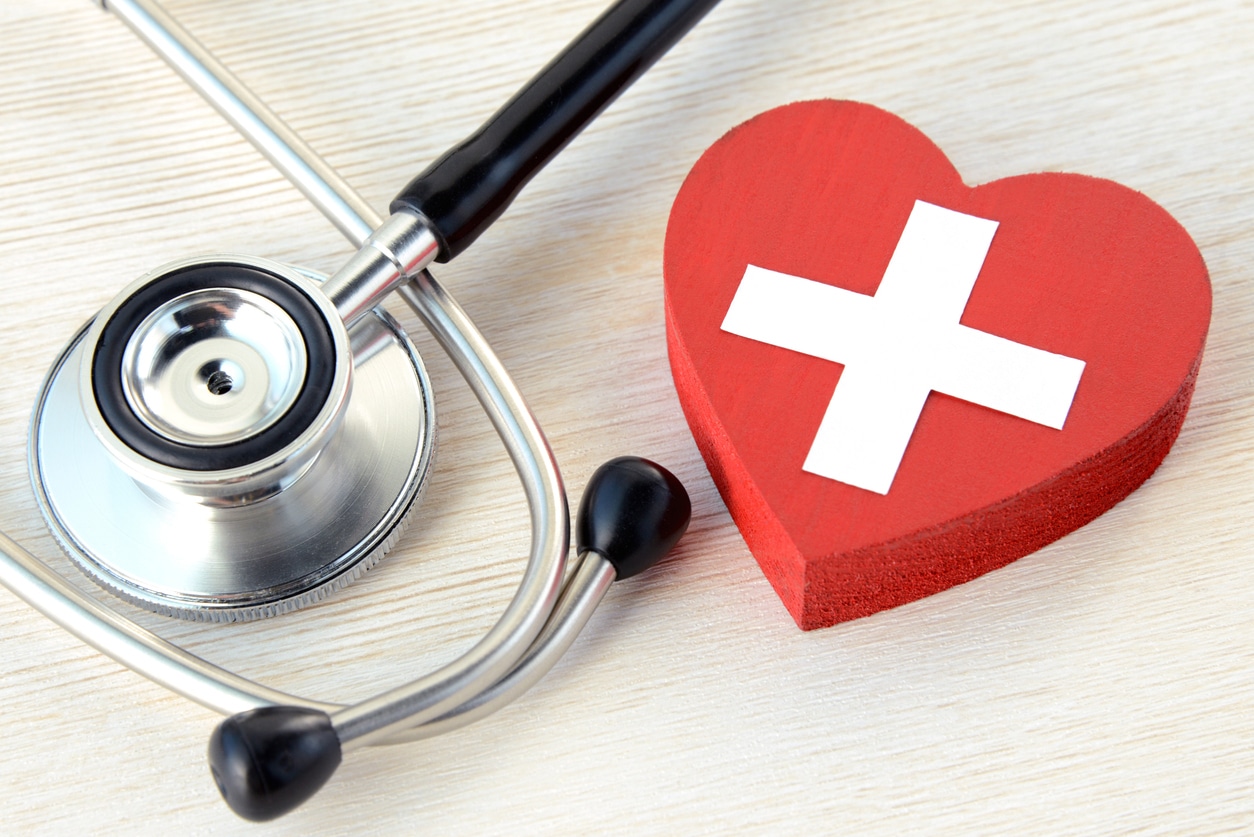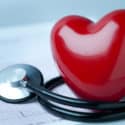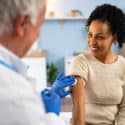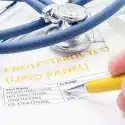
October is Sudden Cardiac Arrest (SCA) awareness month. More than 350,000 deaths occur each year as a result of sudden cardiac arrest (SCA). In fact, SCA claims one life every two minutes, taking more lives each year than breast cancer, lung cancer, or AIDS. We wanted to take this opportunity to share what the warning signs are of SCA, how to respond, and how to prevent SCA from occurring. The data shows that most of us underestimate the seriousness of SCA and that we mistakenly think it is a type of heart attack, but that is like comparing apples to oranges.
Signs of Sudden Cardiac Arrest
Sudden cardiac arrest (SCA) is a condition in which the heart suddenly and unexpectedly stops beating. If this happens, blood stops flowing to the brain and other vital organs. SCA usually causes death if it’s not treated within minutes. Sudden cardiac arrest signs and symptoms are immediate and drastic and include:
- No pulse
- No breathing
- Loss of consciousness
- Sudden collapse.
Responding to SCA — Minutes Matter
Time-to-treatment is critical when considering the chance of survival for an SCA victim. Ninety-five percent of those who experience SCA die because they do not receive life-saving defibrillation within four to six minutes, before brain and permanent death start to occur. If an SCA emergency is suspected, the following steps are recommended:
- Know the signs of SCA and react quickly. SCA strikes immediately and without warning. Victims will fall to the ground/collapse, become unresponsive, and will not breathe normally, if at all.
- Call 911 as soon as possible.
- Start CPR as quickly as possible. If you don’t know CPR, conduct Hands-Only CPR, which is providing chest compressions by pushing hard and fast in the middle of the victim’s chest with minimal interruptions at approximately 100 beats per minute (or hum the Bee Gees song Staying Alive). Studies of real emergencies have shown Hands-only CPR, to be equally or more effective than conventional CPR.
- If available, use an automated external defibrillator (AED) as soon as possible. AEDs are computerized medical devices that can check a person’s heart rhythm and recognize and deliver a shock to a heart that needs it.
- AEDs are increasingly available at public locations, such as airports, gyms, malls, and office buildings. These devices will only deliver a shock when an irregular heart rhythm is detected and usually do not cause any major harm with shock. Prevention and Treatment While there are often no signs or symptoms prior to SCA, there are things people can do to decrease the likelihood of experiencing SCA.
Preventing SCA
- Live a healthy lifestyle, exercise regularly, eat healthy foods, maintain a healthy weight and avoid smoking.
- Treat and monitor all health conditions including high blood pressure, high cholesterol, and diabetes.
- Control or stop abnormal heart rhythms that may trigger life-threatening arrhythmia.
- Know family heart history and understand the risks for other cardiovascular-related conditions, like heart failure. Communicate these to a physician.
If you don’t know your blood pressure or if you have any of the health risks associated with SCA, schedule a wellness exam with your neighborhood MainStreet Family Care clinic.






